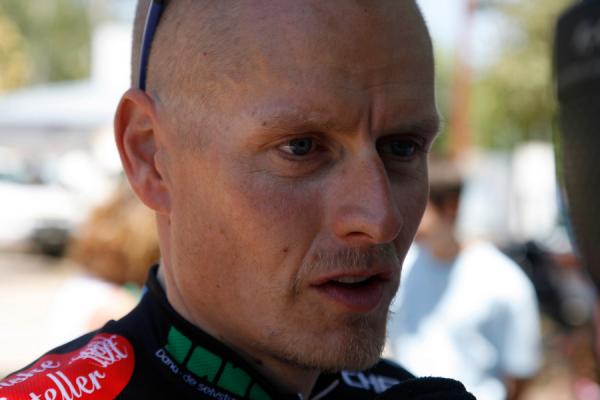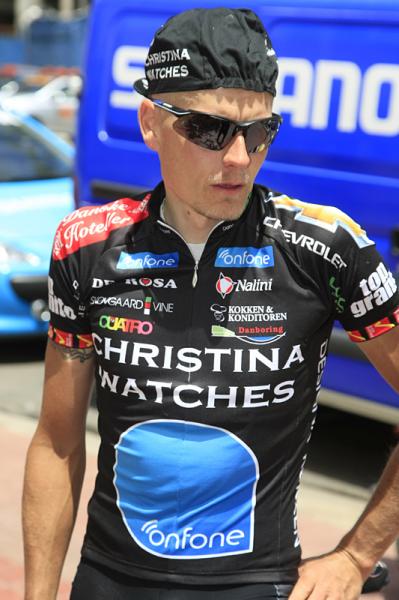Biological passport only “puts a damper” on doping, Rasmussen says
Dane admits to blood transfusions during whereabouts ban


The biological passport was no hindrance to doping, according to Michael Rasmussen. A rider only had to be “very careful” to avoid getting caught, he said, but added, “Stay away from doping. It is wrong and the truth will come out sooner or later.”
Rasmussen also admitted to giving himself blood transfusions during his ban for whereabouts violations, because he anticipated receiving a contract to ride the Vuelta a Espana immediately after his ban ended, a plan which did not happen.
The Dane was suspended from July 2007 to July 2009, and returned to racing in 2010. On January 31 he admitted to having doped from 1998 to 2010. The Danish cycling federation gave him another suspension after his confession, limiting it to another two years because he gave them “substantial assistance.”
He never had any trouble hiding his doping from controllers, he told the Danish newspaper Ekstra Bladet, as his hematocrit was never very high. “None of my hematocrit values over the years were suspicious, and it wouldn't have mattered if the biological passport had been introduced at the time,” he said.
The biological passport tracks a rider's blood values over a longer period of time to determine any patterns of manipulation, but Rasmussen never had trouble with it, although he continued to dope after entering the passport programme in 2008.
The biological passport “perhaps puts a damper on things, but it's absolutely no guarantee that cyclists do not undergo blood transfusions along the way.”
There were various ways to avoid testing positive, Rasmussen said. “For some of the products I used, there was no test. They could not be traced,” referring to human growth hormone.
Get The Leadout Newsletter
The latest race content, interviews, features, reviews and expert buying guides, direct to your inbox!
For other products, such as EPO, “it was just a matter of stopping taking it in time. Also, I have never been a rider who took chances. I have always been very careful.
“For many years, there was also no controls outside competition. When they started in 2004, that complicated things a bit, but I was not particularly nervous to go to doping control.”
Despite – or perhaps because of his experiences – Rasmussen strongly urged others to avoid the path he had taken. “You just have to remember that even though the biological passport may not be the perfect solution, the truth will come out at one time or another. Even though I doped for 13 years and avoided being caught, the truth is not hidden at the end."
Blood transfusion during his suspension
Rasmussen also admitted to giving himself blood transfusions during his ban for whereabouts violations, in the hopes of getting a new professional contract as soon as his ban expired and going on to win the Vuelta a Espana. In the end he did not ride again professionally until the 2010 season, when he rode for Miche until only the middle of April.
To be ready for the hoped-for contract, he went through the complicated process of removing and then re-transfusing his own blood, in order to increase the number of oxygen-carrying red blood cells.
“During this period, there was no one to help me. You go and become an expert on your own body now, and when I was suspended, no one helped. I did it myself,” he said.
“I thought I was going to prepare myself to ride the Vuelta a Espana. I thought there would be one large crowd of professional teams that would want to get hold of the world's best stage race rider.
“I would be ready to win the race and prove that what happened in the Tour in 2007 was not a coincidence but I just never got the chance.”